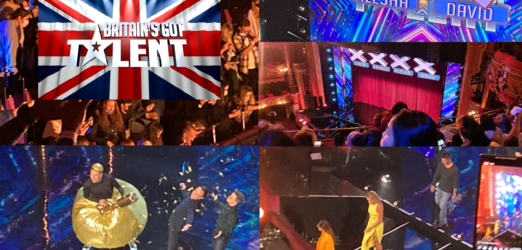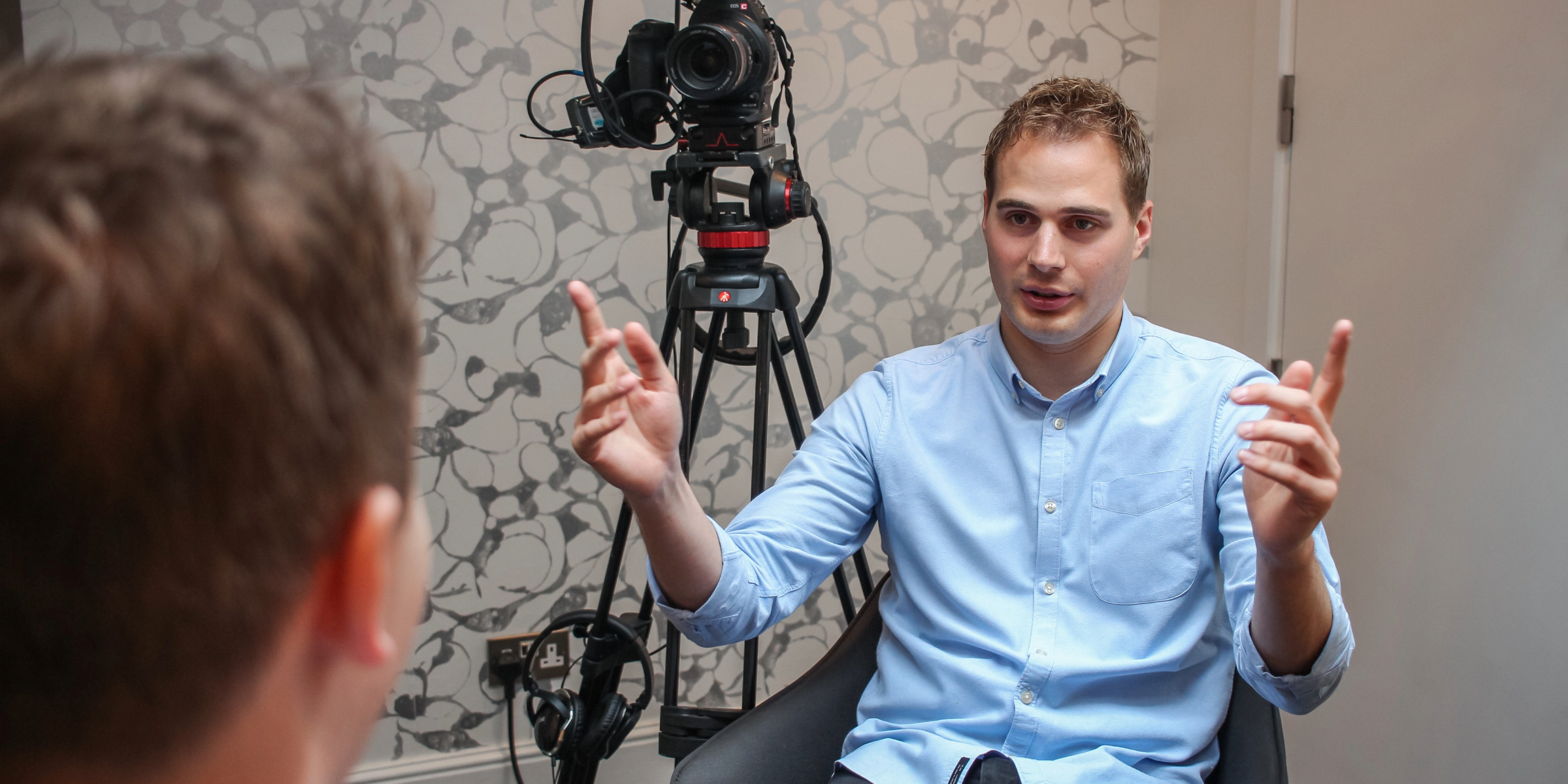A trip to watch the live recording of Britain’s Got Talent. As experienced by Shout! Communications’ broadcast consultant, Carl Hughes
January is often portrayed as a month of doom and gloom. Dark nights, recovery from the festive splurge and to top it all off, it feels like forever until payday! Well, not at Shout! Communications. One of our co-owners was offered a set of tickets to the recording of Britain’s Got Talent at the London Palladium and asked if any of the team wanted to go. Naturally we jumped at the chance!
Long term big fan
Now, I should probably mention that I’ve always been a fan of the show. In fact, I’ve secretly been a follower of BGT, X-Factor and even Popstars way back in 2001. Remember nasty Nigel? I love the power the shows have in creating a Saturday night appointment to view, bringing friends and family together, making them laugh. Most of all, it can kickstart the careers of countless individuals who wouldn’t normally be given a platform to do so. This time however, I wasn’t just watching on TV, I was actually there, a bona fide part of the show. So how would the experience differ?
Television Production and COVID-19
In case you don’t already know, 2022 is somewhat of a homecoming for Britain’s Got Talent as shows had to be called off last year because COVID. You could genuinely see the excitement of the die-hard fans, as they waited patiently along the dusty London backstreets, ready to pick up their tickets. Nothing, not even the cold and frosty January weather, was going to put us off having a good night.
Naturally, given the current climate, producers and crew are working hard to make sure the show is COVID safe but I was amazed at how quick the process was. A short queue outside to provide proof of full vaccination and negative lateral flow test, along with a reminder that masks must be worn at all times, and we were in – to the world-famous London Palladium!
The London Palladium
OK, I’m going to let you into a little secret. Until that night, I’d never actually been inside the London Palladium. Sure, I’ve seen it on TV and I’ve walked past it a thousand times. But somehow, I’ve managed to live out three and a half decades on planet earth without having a reason to go in.
Within seconds of being ushered into the entrance I was greeted with an array of photographs of superstars who have trod the boards in years gone by. There really is a sense that you have arrived at the epitome of high entertainment. Then, as I was shown to my seat in the grand circle, I couldn’t help being taken back by the astonishing splendour of the building. The intricate detail of the roof decoration, the gold painted touches to the Royal box where Her Majesty herself has sat on many occasions. Yes, I felt like I was somewhere special, and I was ready to have a great night!
Live Show Versus Recorded Show
Having spent almost fifteen years producing output for the UK’s biggest entertainment radio brands, I know only too well that a recorded show is very different to a live show. One thing that stood out from the start, was that we were not the audience. Sure, we were there to make noise and behave like an audience – but that was as far as it went. The show was not for us. It was for the viewers at home. We were essentially faces and voices for hire, a prop to add to the complex layers of the show.
Of course, the acts were entertaining, and we even got to see the judges. But everything that was happening was for the benefit of those who would eventually watch from their armchairs at home. The result was a lot of waiting to change sets between performances, acts that had to perform again due to technical errors and parts of the show we didn’t even get to see. Avid viewers will know that Geordie legends Ant and Dec interview each performer as they come off stage. Sadly, as we weren’t allowed back there, we didn’t get to see any of that.
Raw Filming
Also striking was the fact that the whole show was recorded dry. By this, I mean there was no theme tune, no montages of acts that weren’t strong enough to play in full, and no clever teases to keep us coming back after the advert break. All of this is added in post-production as producers cleverly squeeze 3 hours of auditions into a 60-minute show. As a result, we were left with what felt like a talent show in a school hall, where acts take it in turns to walk out onto a quiet stage to live out their 5 minutes of fame.
The warm-up guy did his best to keep the energy going but the lack of pace made the atmosphere feel a little lack-lustre as we entered hour three. The amazing thing is, with music, editing and narration added afterwards, viewers at home will never even know. But that, as we know, is the power of television.
Sssshhh…..
Finally, I need to mention that we were sworn to absolute secrecy when it comes to the performances. We were allowed to take a cheeky snap of the judges as well as Ant and Dec. But once the recording started, we were forbidden to disclose anything about what happened, so as not to spoil it when the show eventually airs. Through fear of being arrested and locked up in London Dungeon, I feel obliged to comply.
What You’ll Eventually Get
For now, all I can say, is expect an emotional rollercoaster. You will laugh, you will cry. Sometimes you will even question what “talent” really means. From the questionable to the outrageous, the show has everything.
I’ve loved the show from afar. Now I’ll love it even more with the knowledge that on one dark and dreary January evening in London, I was there! I was part of the whole experience, soaking it all in. After all, how many people can say they spent their Monday night with Simon Cowell, Alesha Dixon, Amanda Holden and David Walliams?



